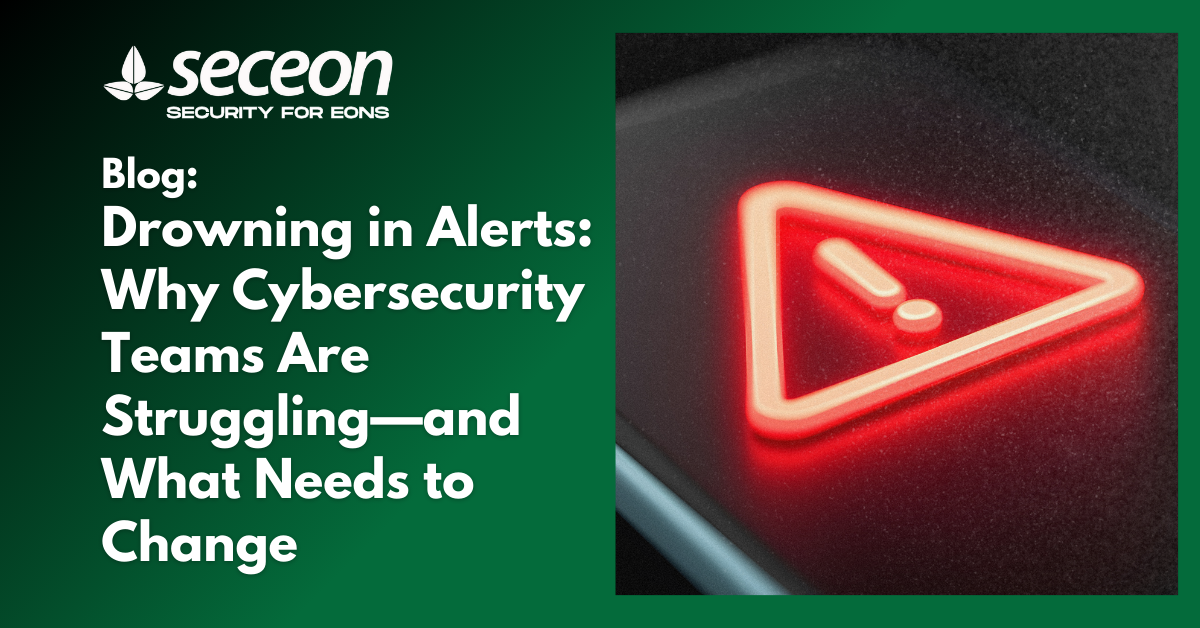
Security teams are under siege—not just from attackers, but from the very tools meant to protect them. A new report by TechTarget’s Enterprise Strategy Group and Opal Security reveals a growing crisis: identity-related alerts are flooding SOCs with over 11 hours of investigation time per incident on average, often with no meaningful action taken.
For MSPs, MSSPs, and enterprises alike, the message is clear: security complexity has outpaced operational capacity. And unless organizations shift toward consolidation, automation, and AI-powered decision-making, the problem will only get worse.
According to the report, nearly every organization has faced one or more identity-related attacks in the past year. These include phishing, credential stuffing, session hijacking, and privilege escalation. What makes them particularly hard to stop is that many slip through traditional defenses—because they mimic legitimate behavior.
Today’s security stacks often rely on a fragmented mix of identity, endpoint, and cloud monitoring tools, many of which generate duplicate or overlapping alerts. The result? SOC analysts are trapped in an endless loop of investigating low-priority events while high-impact threats go undetected.
This alert fatigue isn’t just a technical problem—it’s a business risk. The longer real threats linger, the more likely they are to succeed. And with compliance regulations like GDPR, HIPAA, PCI-DSS, NIST, and CMMC mandating timely detection and response, even one missed incident can have regulatory and reputational fallout.
The alert overload is especially hard on MSPs and MSSPs, who serve dozens—sometimes hundreds—of customer environments. Without unified visibility and efficient workflows, teams are forced to stitch together partial signals from multiple tenants and vendors.
Mid-market and enterprise CISOs face a similar dilemma. As more workloads shift to cloud and hybrid environments, the attack surface expands—and so does the volume of telemetry data. Without an integrated approach, every cloud login or user permission change becomes another noisy alert.
As the ESG report puts it: “Security teams are spending too much time looking at alerts, and not enough time stopping attacks.”
So what’s the way forward?
A key takeaway from the study is the need for a cloud and IoT security platform that goes beyond static rules and disconnected tools. Instead of treating identity, network, and endpoint data as separate silos, modern platforms should correlate them in real time to identify patterns of compromise.
Additionally, organizations need to embrace AI-driven SOC automation that can surface the 2–3 events that actually matter—not bury analysts in the 97% that don’t. By leaning into automated threat detection and response, teams can reduce dwell time, eliminate false positives, and scale protection without adding headcount.
Critically, these innovations must also align with business goals—providing not just security, but a cost-effective cybersecurity solution that consolidates tools, simplifies reporting, and supports growth.
At Seceon, we see this challenge every day: overloaded teams, fragmented stacks, and alerts that lead nowhere. Our platform was purpose-built to address these issues head-on.
By combining advanced behavioral analytics, machine learning, and a unified SIEM-SOAR-EDR framework, Seceon delivers the visibility and automation needed to surface true threats—fast. And for MSPs and enterprise customers alike, our multi-tenant architecture makes scaling easy and profitable. Whether you’re aiming to meet compliance reporting demands or reduce MTTR across all customer environments, the path forward is clear: move beyond noisy alerts and toward intelligent, integrated defense.
